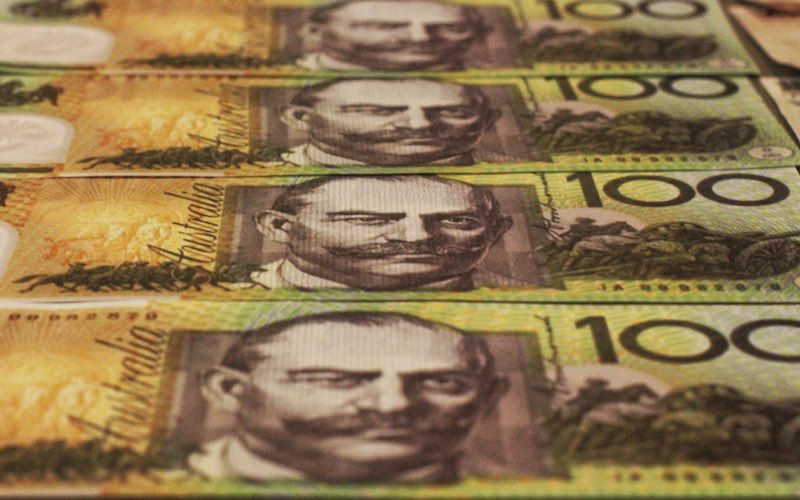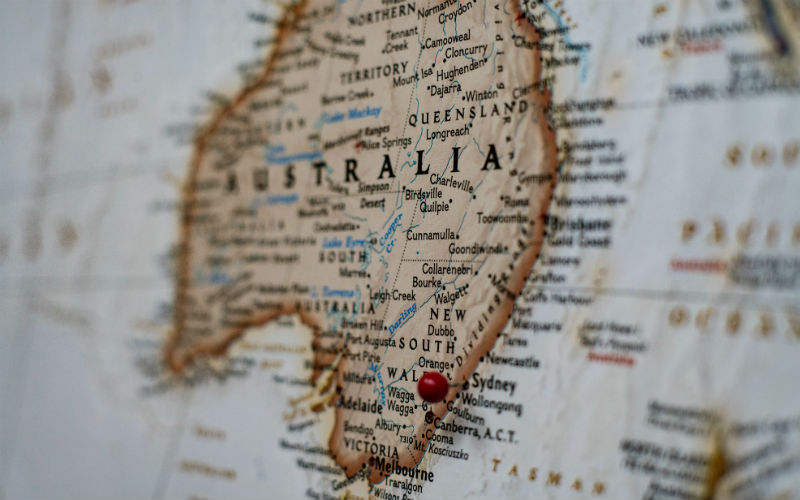As the old tongue-in-cheek saying goes, Australia is a lucky country. We've fared better during recessions and crises (GFC, Covid) than most other countries. The population of 27 million remains wealthy on a global scale, well-educated, and healthy. The currency is fairly stable, a testament to the Reserve Bank and Australia's standing on the global stage.
However, Australia is not a bubble and is not immune to other challenges of advanced economies - an ageing population, a declining birth rate, and an increasing reliance on personal income tax as government revenue, to name a few.
Need somewhere to store cash and earn interest? The table below features savings accounts with some of the highest interest rates on the market.
1. Australian Population
Australia has enjoyed strong population growth over the past 20 years. It took four years to take Australia's population from 25 to 26 million, but only 18 months to go from 26 to 27 million, which happened in March 2024. This is thanks in large part to record migration levels post-Covid.
2. GDP Growth
GDP or Gross Domestic Product is the sum total of all that Australia produces. The common definition of a recession is two consecutive quarters of negative GDP growth. Australia avoided a recession during the Global Financial Crisis of 2007-2009, but wasn't so lucky in Covid.
More recently, GDP growth has been meagre through the back half of 2023 and into 2024. On a per-capita basis, we have endured the worst per-capita recession on-record in more than 50 years, with six consecutive quarters of negative GDP growth per capita. This is as a result of weak growth combined with record immigration levels.
3. Unemployment Rate
Unemployment tracked sharply upwards during the pandemic to rates not seen in many years. The unemployment rate is a calculation based on those who can work presently looking for work. Even if you work one hour per week, that’s considered employed. This is an international definition for consistent measurements across countries. This is why looking at the underemployment rate is also important - those who are in work but aren’t getting as many hours as they’d like.
4. Participation Rate
The participation rate is the percentage of the civilian population aged 15+ that either works or is willing to work, so it includes both the employed and the unemployed. Retirees and people permanently unable to work are considered non-participants. A participation rate over the low-60 per cent range is considered pretty line-ball among developed countries. Recently, Australia has enjoyed a higher participation rate than other leading countries such as the UK and US. However this may come at the expense of wages growth, as there are theoretically more people competing for the same number of jobs.
5. Inflation Rate (CPI growth)
The Consumer Price Index (CPI) measures the price of a defined basket of goods. This is a weighted index and changes over time, particularly for technology goods. The inflation rate is the percentage growth of this index over time, typically expressed in annual and quarterly growth rates.
Inflation in the early 2020s was at near record lows, and headline rates even experienced deflation (negative CPI growth) as the cost of childcare plunged with the government’s temporary subsidy. High consumer demand (thanks to low interest rates and government stimulus) mixed with global supply shortages have generally caused inflation to rise sharply through late 2021 and through 2023.
6. Wages Growth
Wages growth is released quarterly. Wages have largely been flat over the past couple of decades, however as the pandemic becomes endemic, wages are picking up. However, with inflation also running hot, workers are realistically experiencing falling real incomes if their wage growth does not outpace this. Wages growth minus inflation is often called real wages growth.
7. RBA Cash Rate Target
The Reserve Bank’s cash rate target is the interest rate on which most financial products' interest rates are based. Over the past 30 years, the RBA’s cash rate target has generally been trending down. While we never saw negative rates like in parts of Europe, various extra stimulus by the RBA saw the overnight rate track close to zero. The target hit a record low of 0.10% in November 2020.
The RBA’s remit is to promote financial stability in Australia. The cash rate can affect both wages growth and inflation. If the economy is running too hot, the RBA may want to increase the cash rate to subdue demand, and vice versa.
8. Household Savings Ratio
Data on the household savings ratio is released quarterly alongside GDP stats. The household savings ratio is calculated by dividing household net saving (household net disposable income less household final consumption expenditure) by household net disposable income.
It hit an 18 year low in the middle of 2024 as mortgage payments and extra taxes reduced Australia's disposable income back to about 2016 levels, among the worst performers post-Covid among OECD countries.
Photo by Joshua Hoehne on Unsplash
Article first published May 2022





.jpg)

 Harry O'Sullivan
Harry O'Sullivan
 Harrison Astbury
Harrison Astbury









